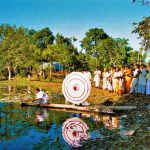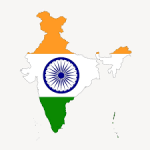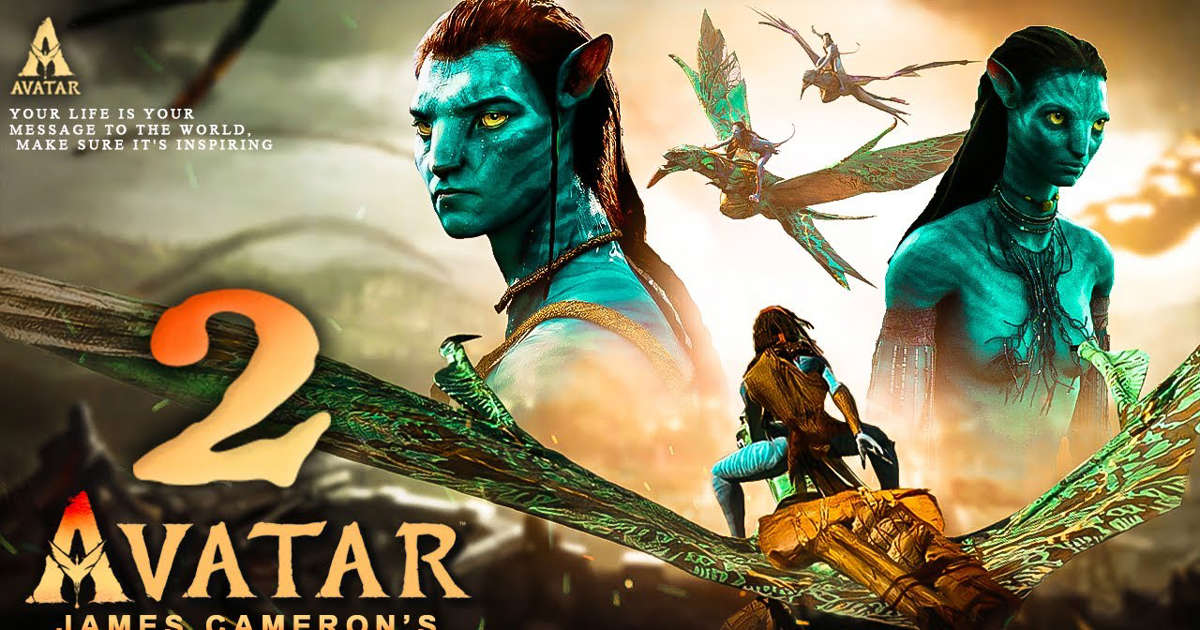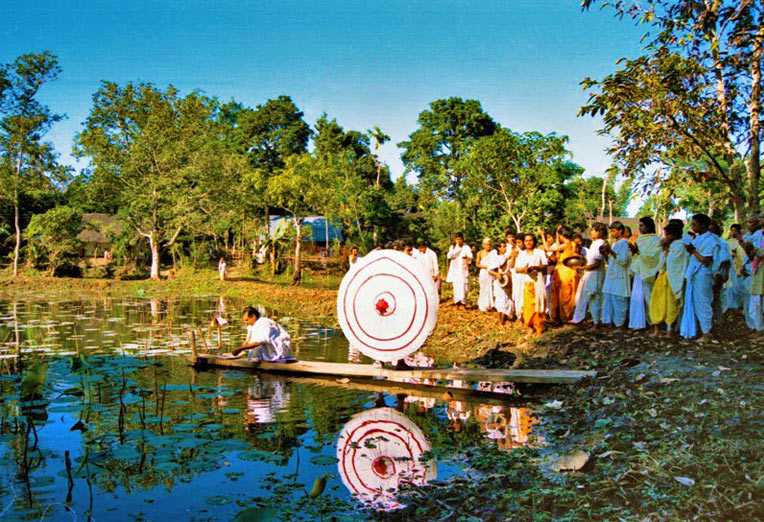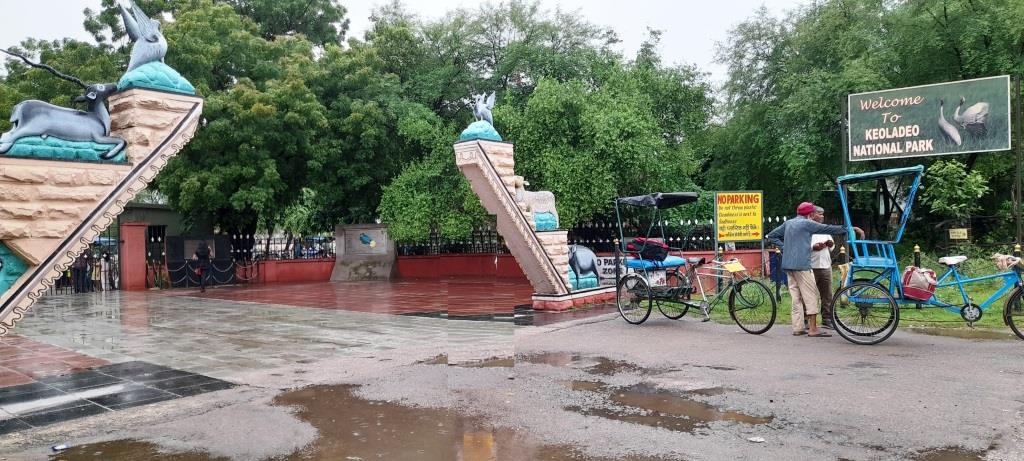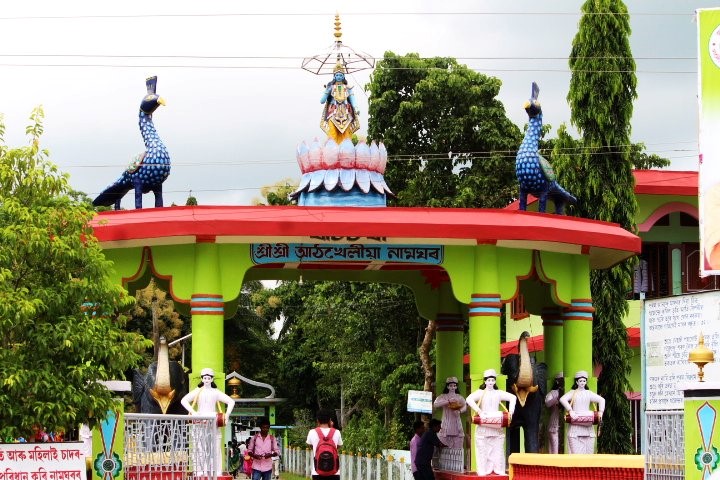The blockbuster sequel Avtar: The Way of Water -Avatar 2 has finally been unleashed into the world, earning $441.6 million worldwide in its opening weekend. It is the first of four planned sequels from filmmaker James Cameron and came at a cost of $350 million, making it the most expensive motion picture ever.
The main plot of the first “Avatar” film — which centers around the battle between the Na’vi people of Pandora and the humans attempting to colonize their planet — alludes to the European colonization of the Americas between about 1492 and 1800. “Avatar is a science fiction retelling of the history of North and South America in the early colonial period,” director James Cameron stated in his legal declaration after he faced lawsuits alleging he stole the idea for “Avatar” from existing films and TV shows. The film’s theme of protecting biodiversity and ecosystems is also tied to the central plot of imperialism, according to Bron Taylor, professor of religion and nature at the University of Florida.
The term “avatar” means “descent” in Sanskrit. In Hinduism, it refers to the gods descending from the heavens and taking on human or animal form.
Located in China’s northern Hunan province, the Zhangjiajie National Forest Park is a unique landscape stretching over nearly 12,000 acres. Fittingly, it was named China’s first national park in 1982 and is particularly known for the thousands of foliage-covered vertical stone columns that rise up into the sky. It’s this unique feature that helped inspire the floating Hallelujah Mountains of Pandora in the film Avatar. The columns were created by natural erosion and one in particular—the Southern Sky Column—reaches 3,544 feet high. It’s this stone pillar that park officials say inspired James Cameron and his production designers. And in order to play off Avatar‘s popularity, they renamed the rock Avatar Hallelujah Mountain. Around 30 million people flock to the area to take in the breathtaking scenery and quartz-sandstone pillars, so officials were hoping to incentivize even more people to visit due to the film’s popularity.

“In this film what that means is that the human technology in the future is capable of injecting a human’s intelligence into a remotely located body, a biological body,” Cameron said in a 2007 interview with Time.
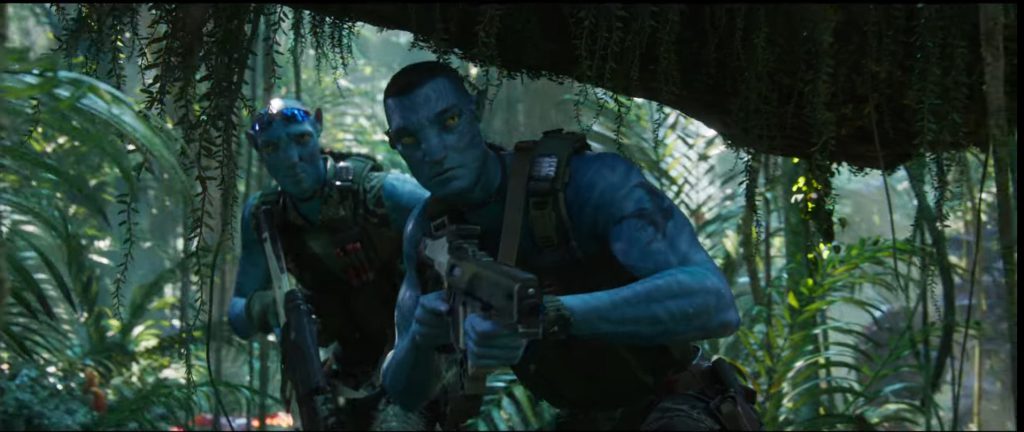
The most beautiful thing about Pandora is its bioluminescence. It’s what makes the land glow at night in magical ways. The Waitomo Caves in New Zealand are a great example because they are home to one of the most popular bioluminescent destinations in the world. The lovely light simply see once you visit Waitomo Caves comes from the glowworm’s tail, which is bioluminescent. This implies that the chemicals it secretes respond with the oxygen within the air to make light.
Similar to the Na’vi River Journey attraction at Avatar, you can take a boat tour through the Waitomo Caves to see its bio luminescence, which is actually glow worms. In New Zealand, you’ll find the Waipoua Forest, which is supposedly another location that inspired Cameron when he was creating Pandora. The Tāne Mahuta, which is the largest kauri tree in New Zealand, is located in the forest. Another stunning bioluminescent location that inspired some scenes in Avatar is the Luminous Lagoon in Jamaica.
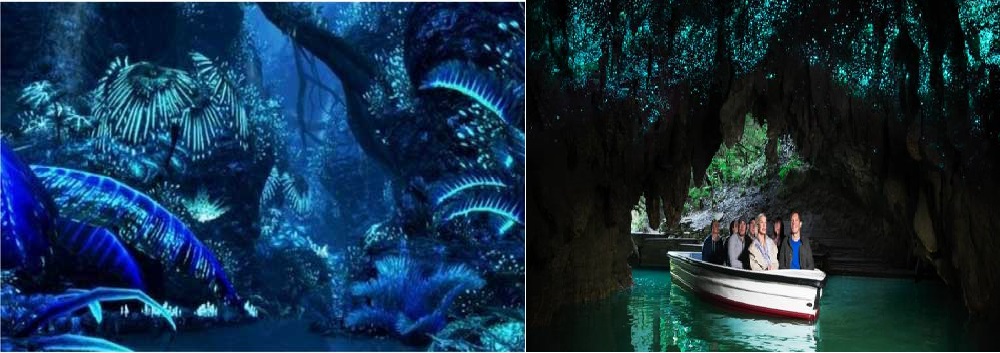
The Metkayina – and there are a lot of differences between them and the Omitakaya. These water-dwelling Na’vi live in a completely different environment from the Omitakaya, the Na’vi clan that was introduced in the first Avatar movie. This means that the Metkayina have to survive against all kinds of water-based threats and wildlife on the dangerous planet of Avatar’s Pandora. While they may seem pretty similar at first glance, there are a lot of biological differences between the Metkayina and the Omitakaya in Avatar: The Way of Water. Maori, the indigenous Polynesian inhabitant’s creation of Omitakaya, and the Bajau people of Indonesia were the inspiration for the creation of the Metkayina.
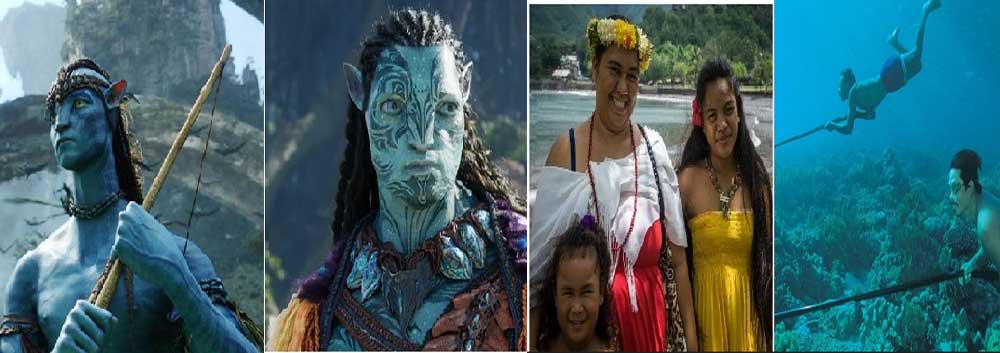
The biggest creature in Pandora, Tulkun, is also considered the wisest. These creatures resemble with whale-like in their appearance. The connection between Tulkun and Na’vi is an allusion to the indigenous Native American traditions, where animals are referenced as mediums to communicate beliefs and spiritual values. Also, Maori traditions were considered inspirations as well, as they consider whales to be a revered presence in their mythology in the form of the god Tangaroa. The legend of the Maori Whale Rider also influenced Pandoran.

In the movie, The underwater setting comes from James Cameron’s trade with diverse societies of Polynesia, which he was familiar with back in 2013 when he gone to the Marianas Trench. A short time later, he needed nothing less than those reasonable scenes. That’s why each on-screen character and performing artist went through a 6-month preparing to pick up characteristic developments and to hold their breath for up to 5 minutes when within the water. They were indeed prepared to communicate through a sign dialect extraordinarily planned for the event.
The ilu is the children’s mount, an indispensable means of transportation for the seaside tribes. The ilu is intelligent, sociable and easily domesticated, with a long neck, six flippers and rudder-like tail, closely resembling Earth’s extinct Plesiosaur species. The Plesiosaur, which existed from 228 million years ago to 61.6 million years ago, was an aquatic reptile of the Jurassic period. It used four fins and a short broad tail for mobility, and had a serpentine neck almost as long as the rest of its body, with a small head at the end. It was at home in European seas and around the Pacific Ocean, including Australia, North America and Asia.

Who else is in the cast?
Kate Winslet plays a Na’vi leader named Ronal. Edie Falco plays a military officer. Jermaine Clement pays a marine biologist. Michelle Yeoh will appear in the later Avatar sequels, as will Vin Diesel.
When are the other Avatar movies coming out?
Avatar 3 is slated for 2025, Avatar 4 for 2026, and Avatar 5 for 2028.
Sources: Different Authentic Sources from WEB

